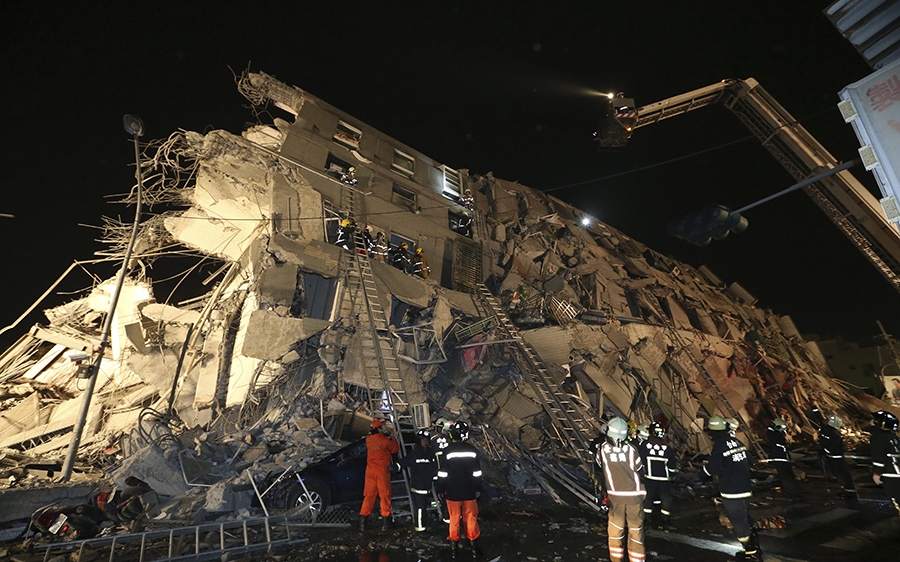Coconuts aren’t just good for your health. They might also save your life.

Researchers from the University of Freiburg’s Plant Biomechanics Group are looking at the tropical fruit to find better ways of constructing buildings that can withstand earthquakes.
READ MORE: Nano-machines—Scientists develop engine smaller than an ant
If you’ve ever seen a coconut palm tree, you know they grow tall, about 30 metres, according to the researchers. But the coconuts that drop from that height manage to remain intact once they hit the ground. That’s because the shells of coconuts have three layers: the leathery outer layer, a fibrous middle second layer and a tough inner layer that contains the coconut seed, with which we’re most familiar.
Using compression machines, the researchers studied how energy was dispersed through coconuts. They found that the inner layer — the endocarp — was comprised of a ladder-like design, which can withstand strong bending forces. Within that are several woodied rings joined by parallel bridges.
“The endocarp seems to dissipate energy via crack deflection,” said plant biomechanist Stefanie Schmier in a statement. “This means that any newly developed cracks created by the impact don’t run directly through the hard shell.”
READ MORE: Fracking, not disposal, behind human-caused earthquakes in western Canada
The angles of the vascular system within the endocarp could be applied to the arrangements of fibres within buildings, further strengthening concrete and avoiding cracks.
- 2021 heat dome fuelled by climate change, intensified wildfire risk: study
- B.C. introduces legislation recognizing Haida Gwaii Indigenous title
- Whale experts confident B.C. orca calf will survive, find family if rescue plan succeeds
- Plastic production cap still contentious as Ottawa set to host treaty talks
“This combination of lightweight structuring with high energy dissipation capacity is of increasing interest to protect buildings against earthquakes, rock fall and other natural or manmade hazards” said Schmier.
This
The distinct ladder-like design and angle of the vessels in coconut shells helps to dissipate energy which could help engineers develop more earthquake-resistant buildings.




Comments